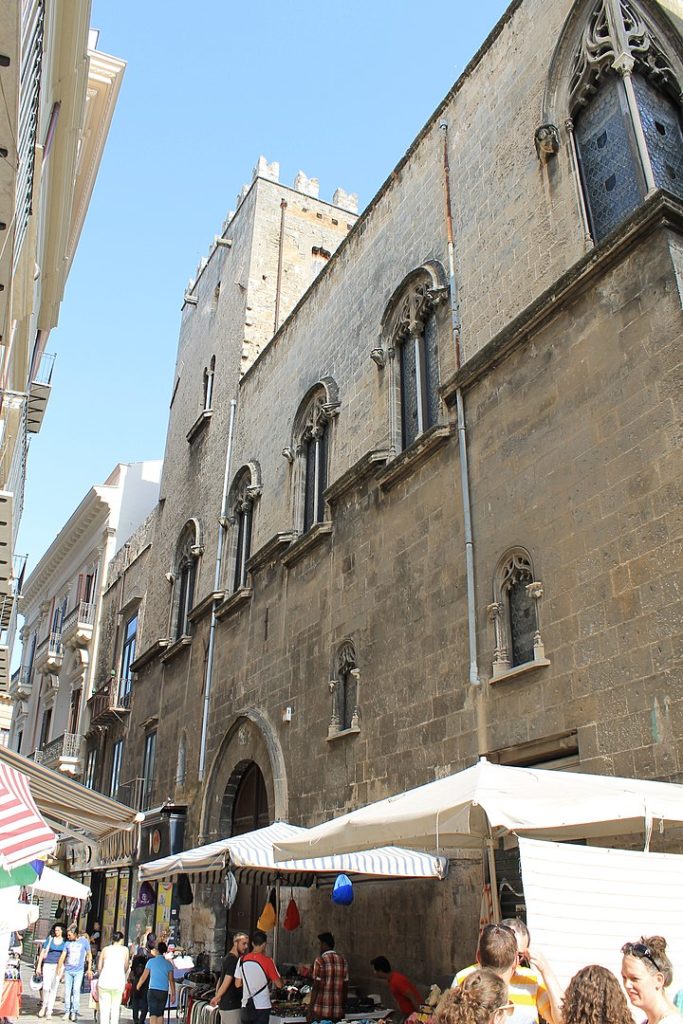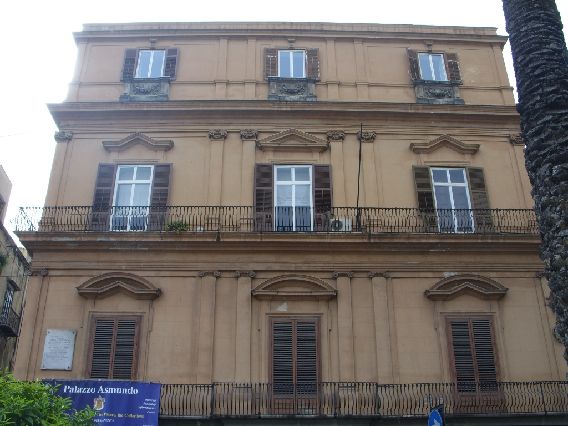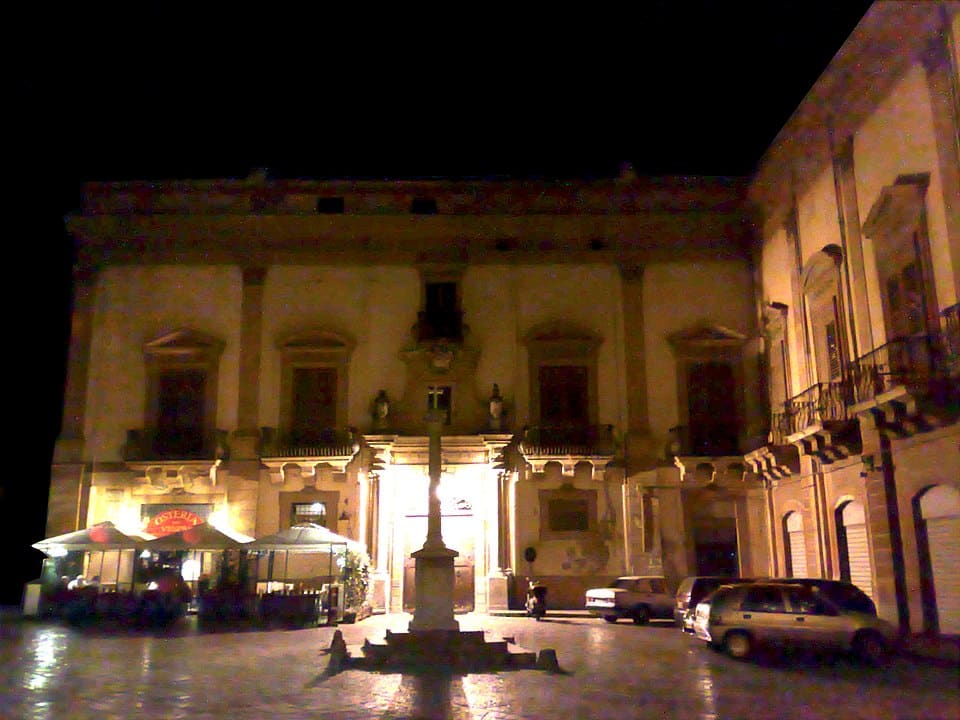Palermo has a rich history of noble families whose palaces are still scattered across the city today. Built as a show of wealth and power, these sumptuous residences showcased the leading artistic and architectural styles of the era but, because their construction often spanned decades, the final product was often a blend of different elements including baroque, rococo, and neoclassical.
The city’s noble families often owned huge pieces of land, so their palaces were enormous confections with ornate public reception halls and ballrooms, plus spacious private apartments for what was often a numerous extended family. Many of these historic palazzi are still home to the descendants of these important dynasties centuries later; others have been donated to the Italian state or Catholic church and are open to the public either during regular visiting hours or by appointment.
Touring these splendid residences is a wonderful way to glimpse Palermo’s glorious past. Here are a few of the most fascinating:
Palazzo Alliata of Pietratagliata

This palace blends together elements spanning five centuries of art and architecture; many of the interiors are excellent examples of the Sicilian rococo style while the exteriors are largely late Catalan Gothic, with a crenelated tower (the highest in Palermo in the 15th century) and mullioned windows, including a rare corner window. Prince Biagio Licata Baucina and Princess Signoretta Alliata di Pietratagliata, the 26th-generation descendants of the families who built the palace in 1473, still live there today and often host celebrities and dignitaries passing through the city. Highlights include the grand ballroom, lit by a spectacular Murano chandelier that is believed to be the largest in Europe.
Address: Via Bandiera 14
Website: palazzoalliata.it
Visits: For information about visits (with a minimum of 20 guests) contact palazzoalliata14@gmail.com
Palazzo Alliata di Villafranca

Covering an entire city block, this grand residence is a lavish testimony to the power of the noble Alliata family during the 17th and 18th centuries. The palazzo has long housed some of Palermo’s most important artistic masterpieces, most famously Van Dyck’s Crucifixion. The two most famous halls are the Baroque Room—decorated with silk damask wall coverings, rococo mirrors, and intricate ormolu furnishings—and the enormous Prince’s Hall, decorated with gilded stucco and named for its portrait honoring Prince Fabrizio Alliata Colonna. This hall also houses works by Matthew Stomer, a Dutch master who was influenced by Caravaggio while visiting Sicily. Also of interest is the hall dedicated exclusively to the Alliata coat of arms, depicted in 18th-century Neapolitan majolica.
Address: Palazza Bologni 20
Website: https://palazzoalliatadivillafranca.wordpress.com/
Visits: Open Friday-Monday, 10 a.m. to 5 p.m. For more information contact palazzoalliatadivillafranca@gmail.com
Palazzo Asmundo

This sumptuous residence sits on Palermo’s most historic and elegant thoroughfare and was once home to Giuseppe Asmundo Paternò, Marquis of Sessa. The interiors are an excellent example of Palermo’s unique baroque style and feature 18th-century frescoes by Gioacchino Martorana. Palazzo Asmundo houses a number of impressive collections, including porcelain and Sicilian majolica, 19th-century carriages, and coins from the Punic period to the 19th century.
Address: Via Pietro Novelli, 3
Website: www.palazzoasmundo.com
Visits: Tours available upon request; contact info@palazzoasmundo.com
Palazzo Mirto

Set in the city’s storied Kalsa district, this palace was home to the Filangeri and Lanza Filengeri dynasty, princes of Mirto, for more than four centuries until the property was donated to the state in 1982. This palace is unique for its stark contrast between the public reception halls—an elaborate show of the Lanzi Filengiri wealth via soaring frescoed ceilings hung with Murano chandeliers, marble floors, Chinese screens, and rare Italian and French antiques—and the more staid second floor where the private family quarters are located.
Address: Via Merlo 2
Website: https://www.facebook.com/museoregionale/
Visits: Open Tuesday to Saturday: 9 a.m. to 7 p.m.; Sundays and holidays 9 a.m. to 1 p.m.
Palazzo Valguarnera-Gangi

Film buffs may recognize Palermo’s most famous palace, Palazzo Valguarnera-Gangi, from The Leopard, Visconti’s iconic film adaptation of Giuseppe Tomasi di Lampedusa’s novel about the Sicilian aristocracy during the upheavals of the Risorgimento. A number of scenes were shot inside the palace, including the famous ballroom scene, set in the palazzo’s gilded Galleria degli Specchi, which rivals Versailles’ Hall of Mirrors. The palace has hosted many European monarchs over time and today is home to descendants of the aristocratic family who have owned it since the 17th century.
Address: Piazza Santa Croce dei Vespri, 3
Visits: Requests to tour the palazzo can be made via palazzogangi@hotmail.com. Tours are conducted by Princess Carine Vanni Calvello Mantegna di Gangi, who lives in the palazzo with her husband, Prince Giuseppe, or by the Master of the House.


